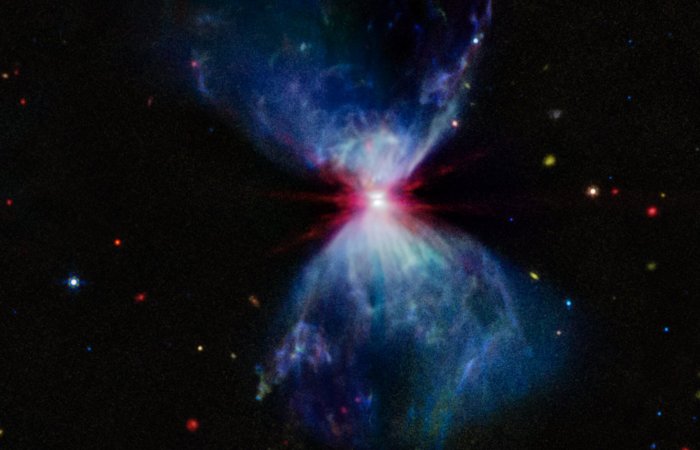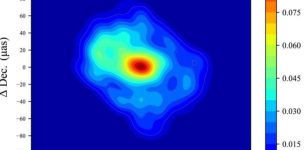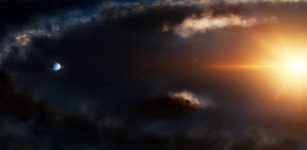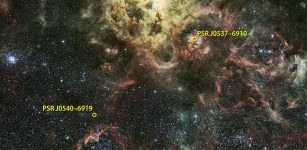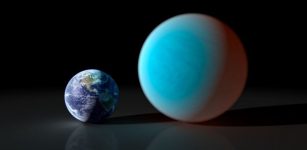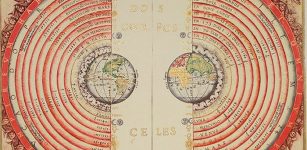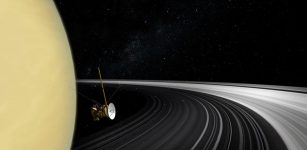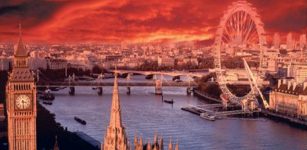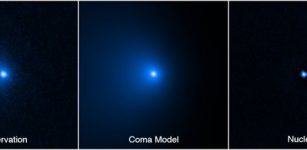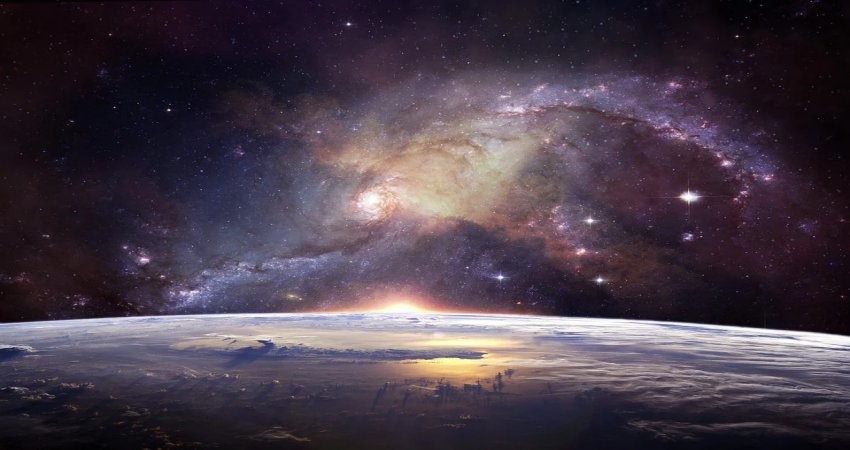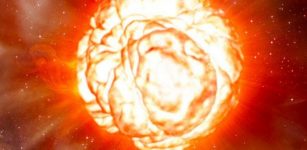NASA’s James Webb Telescope Images Star Formation Fireworks
Eddie Gonzales Jr. – MessageToEagle.com – NASA’s James Webb Space Telescope captured an image of a fiery hourglass-shaped cosmic formation. Webb’s MIRI instrument reveals a young protostar in the hourglass’s neck, growing by accumulating material from a thin, edge-on protoplanetary disk.
L1527 and Protostar (MIRI Image). Credit: Space Telescope Science Institute
Webb’s NIRCam observation of L1527 revealed a 100, 000-year-old protostar surrounded by its parent molecular cloud, showing the region in vivid colors.
NIRCam and MIRI reveal outflows emitted along the protostar’s rotation axis as it consumes surrounding gas and dust. These outflows create bow shocks in the molecular cloud, appearing as filamentary structures.
They carve the bright hourglass structure in the molecular cloud, exciting surrounding matter and causing regions above and below to glow, resembling fireworks in a cloudy sky. While NIRCam shows reflected light from dust, MIRI reveals how these outflows impact the thickest dust and gases.
The blue areas, covering most of the hourglass, show carbonaceous molecules called polycyclic aromatic hydrocarbons. Red represents the protostar and its surrounding dense dust and gas mixture. (Red extensions represent telescope optics artifacts.)
MIRI shows a white region above and below the protostar, less visible in NIRCam. This area contains hydrocarbons, ionized neon, and thick dust, indicating the protostar propels matter far as it consumes material from its disk.
As the protostar ages, it will consume and disperse much of its surrounding molecular cloud. This process will cause the visible structures to fade. Once the star finishes accumulating mass, this spectacle will end, and the star itself will become visible to conventional telescopes.
Analyses from near-infrared and mid-infrared views show how the central protostar affects its surroundings.
This process, common in Taurus’ star-forming region, could disrupt molecular clouds, potentially hindering or accelerating star formation.
Written by Eddie Gonzales Jr. – MessageToEagle.com Staff Writer

